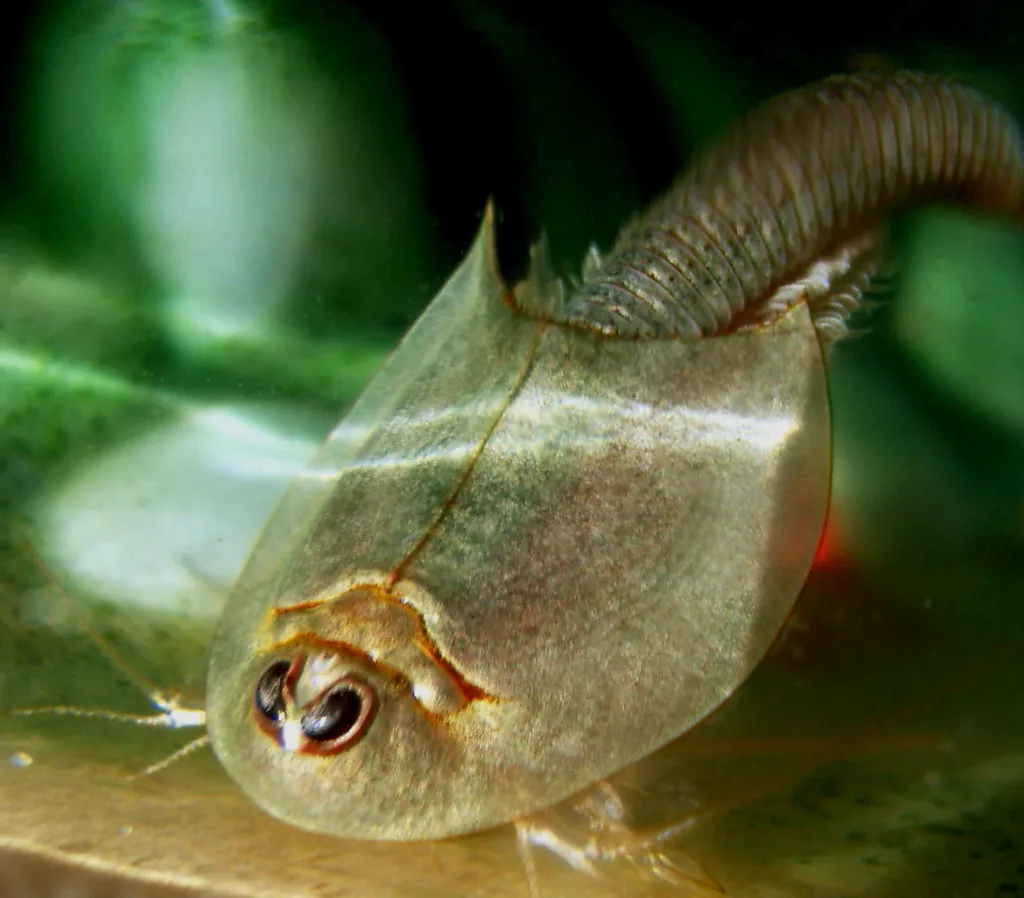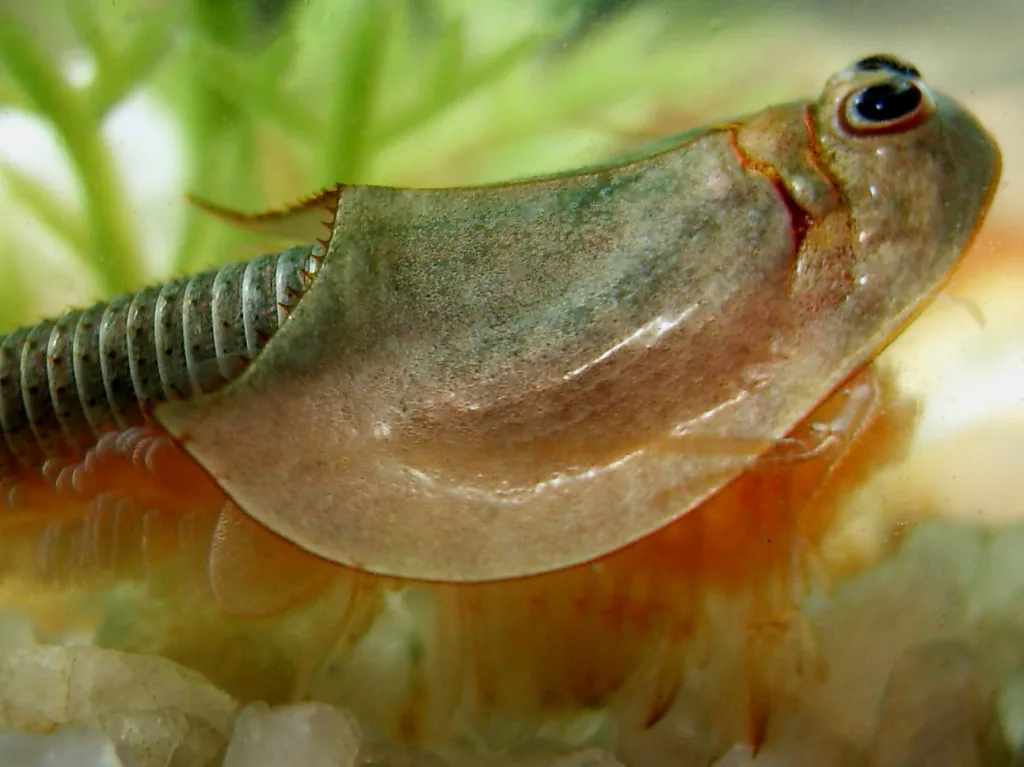Triops are fascinating creatures that have been around for millions of years. These tiny creatures have been the subject of curiosity and wonder for many people, especially those who are interested in observing the life cycle of animals.
One of the most common questions people have about Triops is how long it takes for them to hatch. The answer to this question depends on a variety of factors, such as the temperature of the water and the quality of the water.
The ideal temperature for hatching Triops is between 75 and 82 degrees Fahrenheit. If the water is too cold or too hot, the eggs may not hatch or the Triops may not survive. Additionally, the quality of the water is crucial for hatching Triops. The water shold be free from any contaminants or chemicals that could harm the eggs or the Triops.
In general, Triops eggs take anywhere from 24 to 72 hours to hatch. The hatching process can be influenced by several factors, such as the age of the eggs, the temperature of the water, and the quality of the water. Once the eggs hatch, the tiny Triops will begin to swim around and feed on small particles in the water.
It’s important to keep in mind that Triops have a short lifespan, typically living for only a few months. As they grow, they will molt and shed their exoskeleton several times. During this process, they may appear weak or vulnerable, but it’s important to avoid disturbing them during this time.
Hatching Triops can be a fascinating and rewarding experience. By providing the ideal conditions and proper care, these tiny creatures can thrive and grow into adult Triops. It’s important to be patient and observe them closely, as they can provide a unique insight into the natural world.
Troubleshooting Triops Hatchability Issues
Triops are interesting creatures that can be raised at home in a small aquarium. However, one of the most common issues that people face when tring to hatch Triops eggs is that they fail to hatch out. There can be several reasons why Triops eggs fail to hatch, and it is essential to identify the underlying cause to ensure successful hatching in the future.
One of the primary reasons why Triops eggs fail to hatch is the quality of water. Triops require water with low mineral content to trigger the hatching process. If the water is too hard or contains too many minerals, it can prevent the eggs from hatching. To avoid this issue, it is crucial to use distilled or deionized water when hatching Triops eggs.
Another reason why Triops eggs may not hatch is due to the presence of chemicals or toxins in the water. If the aquarium water contains chlorine, ammonia, or other chemicals, it can harm the eggs and prevent them from hatching. It is essential to condition the water and remove any harmful chemicals before adding the Triops eggs to the aquarium.
Additionally, the temperature of the water can also impact the hatching process. Triops eggs require warm water to hatch, and if the temperature is too cold, it can delay or prevent hatching. The ideal water temperature for hatching Triops eggs is around 75-80°F.
Lastly, it is important to note that Triops eggs have a short shelf life and can lose their viability if not stored correctly. If the eggs are old or improperly stored, they may fail to hatch. It is recommended to store Triops eggs in a cool, dry place and use them within a few months of purchase.
Several factors can impact the hatching of Triops eggs. It is essential to provide the proper water conditions, remove any harmful chemicals, maintain the appropriate water temperature, and use fresh, viable eggs. By following these guidelines, you can increase the chances of successful hatching and enjoy raising Triops at home.

Do Triops Need Sunlight for Hatching?
Triops are a type of crustacean that have become popular as pets due to their unique appearance and ease of care. One question that many new owners may have is whether or not Triops need sunlight to hatch. The short answer is yes, Triops do require light in order to hatch from their eggs.
The reason for this is that Triops eggs need a crtain amount of light in order to stimulate the hatching process. This light can come from a variety of sources, including natural sunlight or artificial lighting. In fact, many Triops owners use a light bulb or lamp to provide the necessary light for their eggs to hatch.
It is important to note that the amount of light required may vary depending on the species of Triops. Some species may require more or less light than others, so it is important to do some research on the specific species you plan to hatch before getting started.
In addition to light, Triops eggs also require water and a suitable substrate in order to hatch. The substrate should be fine-grained and free of any contaminants or pollutants, as these can harm the developing Triops.
To summarize, if you are planning to hatch Triops eggs, it is important to provide them with the necessary amount of light in order to stimulate the hatching process. This can be achieved using natural sunlight or artificial lighting, and the amount of light required may vary depending on the species of Triops. Additionally, be sure to provide your eggs with clean, suitable substrate and water in order to ensure their healthy development.
Can Triops Hatch in Tap Water?
Triops eggs can hatch in tap water, but it is not recommended to use tap water for rearing the Triops. Tap water may contain contaminants such as copper that can harm the Triops. Therefore, it is recommended to use distilled water or reverse osmosis water for rearing the Triops.
Once the Triops are approximately 2 – 3 weeks old, you can fill the aquarium with tap water, as long as you are sure that there are no contaminants such as copper in it. However, it is stll advisable to use a water conditioner to remove any possible impurities in the tap water.
While Triops eggs can hatch in tap water, it is not recommended to use it for rearing the Triops. It is better to use distilled or reverse osmosis water for rearing, and only use tap water once the Triops are older and the water has been treated to remove any impurities.
Appearance of Newly Hatched Triops
Triops are small freshwater crustaceans that belong to the same family as shrimp, crabs, and lobsters. These fascinating creatures have existed for over 200 million years and are often referred to as living fossils.
When Triops hatch from their eggs, they are tiny and look like little white spots jumping around in the water. These newborn Triops are often referred to as nauplii. They are incredibly small, measuring only a few millimeters in size.
As Triops grow, they will shed their skin several times, and their appearance will change. About two days after hatching, the Triops will start swimming more than jumping, and you can start feeding them with crushed scales or granules.
It’s essential to note that Triops grow very quickly, and wihin a few days, they will be much larger than when they first hatched. As they grow, they will become more active and start exploring their environment, which is fascinating to watch.
Newly hatched Triops look like tiny white spots that jump around in the water. They are incredibly small, measuring only a few millimeters in size. As they grow, they will shed their skin several times, and their appearance will change.

Conclusion
Triops are fascinating creatures that can be easily enjoyed as pets. They have a unique life cycle, and it’s exciting to watch them hatch and grow from tiny white spots to fully-formed creatures. However, it’s important to keep in mind that Triops require specific conditions to hatch and thrive, including low mineral content in the water and the presence of light. By following these guidelines and providing proper care, anyone can successfully raise and enjoy these fascinating creatures. With their interesting behavior and unique appearance, Triops are a great addition to any home aquarium.
